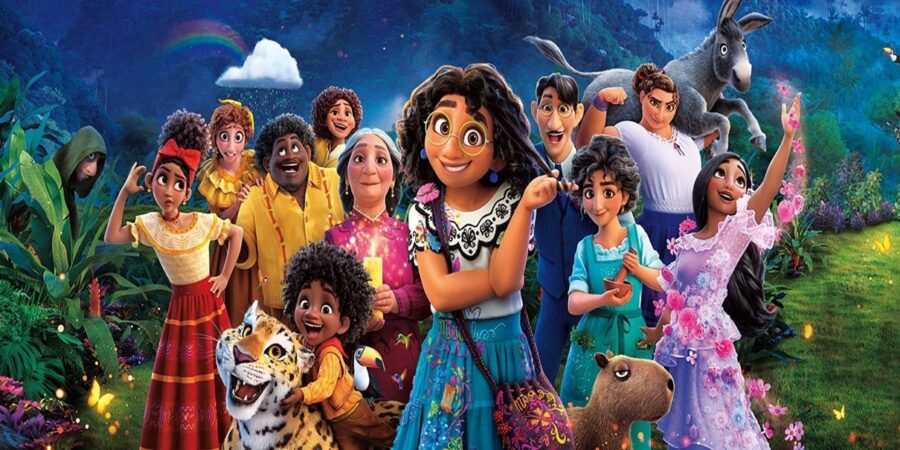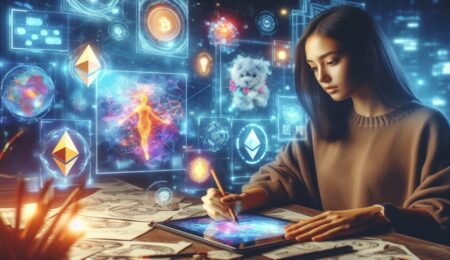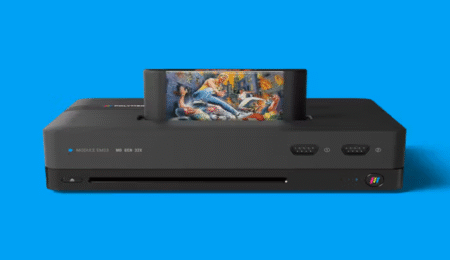The Animated Films That Are Raising the Bar
In 2025, animated films have transcended their traditional association with children’s entertainment, redefining the landscape of storytelling, technology, and visual artistry. As studios continue to push creative boundaries and streaming platforms seek daring content, the animation industry is undergoing a remarkable renaissance. With the global animation market projected to surpass $500 billion this year, its rapid growth is both significant and unsurprising.
Modern animated films feature photorealistic visuals and emotionally compelling narratives that rival live-action dramas. These works engage audiences across generations by addressing complex themes, championing diverse voices, and harnessing AI-driven innovations alongside real-time rendering to craft groundbreaking cinematic experiences.
This discussion will explore the transformative impact of animated films in 2025, examining the latest trends in animation, pioneering technologies, storytelling advancements, and the studios at the forefront of this evolution. Whether you are a casual viewer or a dedicated film enthusiast, these insights will reveal how animated movies are setting new standards for the future of cinema.
1. Animation Meets Innovation: The Tech Behind 2025’s Visual Wonders
The animated films of 2025 are visually stunning, thanks in large part to game-changing technologies. Studios are now using real-time rendering engines like Unreal Engine 5, allowing artists to make dynamic changes instantly and drastically cut production time. The result? More detail, better lighting, and a level of realism that blurs the line between animated and live-action.
Artificial Intelligence is also playing a major role. AI-assisted animation tools streamline lip-syncing, character rigging, and even scene composition. While some feared automation would stifle creativity, it’s actually empowering animators to focus on storytelling while tech handles the heavy lifting.
A standout example is Neon Horizon, a 2025 sci-fi animated epic that wowed audiences with its lifelike environments and fluid character movement. By combining traditional hand-drawn art with cutting-edge CG, it delivered a visual masterpiece that felt grounded in human artistry but elevated by modern tech.
The fusion of art and machine isn’t replacing creativity—it’s enhancing it. And that’s a trend that’s here to stay.
2. Deeper Stories, Diverse Voices: Animation Grows Up
One of the most exciting trends in 2025 is the evolution of animated storytelling. Gone are the days of simple good-vs-evil plots. Today’s animated films are tackling real-world issues like climate change, mental health, identity, and cultural heritage with nuance and depth.
Take Roots & Wings, a 2025 animated drama from an independent Kenyan studio. The film explores intergenerational trauma and the healing power of storytelling, all while weaving in rich African folklore. It’s a powerful example of how animation can be a vehicle for cultural expression and emotional truth.
Another breakthrough was Mindscape, a psychological fantasy that dives into adolescent anxiety and the search for purpose. It resonates with teens and adults alike, showing that animation can deal with mature themes in a safe, meaningful way.
Studios are also making space for underrepresented voices. Women, LGBTQ+ creators, and BIPOC storytellers are finally getting the greenlight to lead projects—and audiences are responding with enthusiasm. These fresh perspectives are not only increasing representation but bringing a welcome originality to the genre.
3. Global Influence: Animated Films From Around the World
The global animation scene is booming in 2025. While Pixar, DreamWorks, and Studio Ghibli remain industry giants, lesser-known studios from regions like Latin America, Southeast Asia, and Eastern Europe are making waves.
India’s Chandrika: Flame of the Lotus blended ancient mythology with cyberpunk aesthetics, earning international acclaim and sparking conversations about how non-Western studios are redefining the genre. In Brazil, Aquarela do Tempo captured hearts with its watercolor animation style and poetic story about time and memory.
Streaming services like Netflix and Disney+ are investing heavily in international animated films, recognizing the growing appetite for diverse content. Localization has also improved—dubbed versions now retain emotional nuance thanks to better translations and more thoughtful casting.
This global growth means animation is no longer centralized. Different cultures are influencing each other, resulting in films that are more creative, more inclusive, and more daring than ever before.
4. Animation for Adults: The Genre’s Growing Edge
While animation has long been associated with family-friendly content, 2025 has made it clear that the genre isn’t just for kids anymore. Adult animated films and series are finding mainstream success thanks to compelling writing, sophisticated themes, and stylistic freedom that live-action simply can’t match.
The surprise hit Friction, an animated noir thriller with political overtones, was praised for its complex characters and moody, shadow-drenched visuals. It wasn’t just an animated film—it was a cinematic experience that critics argued should be considered for Best Picture, not just Best Animated Feature.
This trend isn’t just happening in indie circles either. Major studios are backing adult animation, recognizing its potential for awards and box office returns. These films tackle topics like existential dread, surveillance, and morality without dumbing them down.
As we covered in our guide to adult animation trends, there’s a growing market for animated content that appeals to older audiences. And in 2025, the quality has never been higher.
5. The Rise of AI Characters and Virtual Voice Actors
In a surprising but intriguing twist, some of 2025’s animated films are incorporating AI-generated characters and voices. While this trend is still in its infancy, it’s showing promise—particularly for experimental and indie films looking to cut production costs.
One such film, Echoes of Andromeda, featured a secondary character voiced entirely by an AI trained on thousands of real human voice samples. The result was an eerily lifelike performance that sparked both awe and ethical debate.
Virtual voice actors are now customizable, allowing creators to instantly fine-tune performance, tone, and emotion without multiple takes. While traditional voice actors are still very much in demand (and often preferred for major roles), AI voices are becoming a viable tool in the animator’s toolkit.
This new development is opening doors for micro-budget projects that wouldn’t have had access to professional voice talent. As the technology matures, we’re likely to see more hybrid productions that blend human and AI performance to create richer characters and unique voices.
6. Interactive and Immersive Animated Experiences
As technology continues to evolve, animated films are starting to become more than passive viewing experiences. In 2025, a handful of studios are experimenting with interactive storytelling—blending film with game-like elements to engage audiences in new ways.
Mythos: The Path of Light is a perfect example. Available exclusively on a major streaming platform, it allows viewers to make choices that affect the narrative. The animation adjusts in real-time, using dynamic scene generation to reflect the user’s path. It’s storytelling at the intersection of cinema and gaming, and audiences love the agency it gives them.
VR and AR are also making waves in animation. Some films are releasing VR companion experiences, where viewers can step into key scenes and explore the world of the movie from a first-person perspective. This deepens emotional investment and turns viewers into participants rather than just spectators.
These immersive innovations show that animation is more than a genre—it’s a flexible medium that can adapt to the future of entertainment.
Conclusion
The animated films defining 2025 showcase a profound transformation in the medium, demonstrating its evolution beyond traditional boundaries. With stunning visual artistry, complex narratives, global perspectives, and cutting-edge technology, animation is no longer merely a source of childhood nostalgia—it has become a driving force in the future of filmmaking.
Whether through a thought-provoking adult thriller, a culturally rich fantasy from an emerging market, or an immersive virtual reality experience, today’s most compelling animated films are challenging conventions and broadening audiences’ perspectives. They are not simply advancing in quality—they are becoming bolder, more visually striking, and increasingly relevant in the cinematic landscape.




Leave a Reply